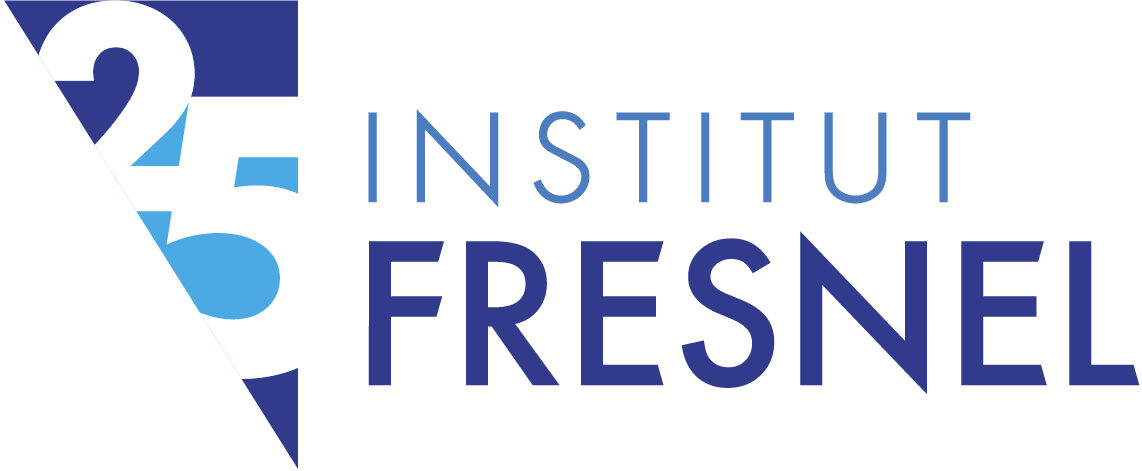Lucas ARSAC soutiendra sa thèse intitulée “Development of optical monitoring strategies for the fabrication of optical thin-film filters with physical vapor technolog” on Thursday, December 4 at 10:00 a.m. in Ponte Amphitheater, campus St Jérôme, Marseille.
The presentation & slides will be in english.
The jury is composed of :
– Laurent Pinard, LMA, reviewer
– Antoine Moreau, Université Clermont-Auvergne, reviewer
– Claude Amra, Institut Fresnel, Jury President
– Jean-Yves Natoli, Institut Fresnel, Examiner
– Marine Chorel, CEA CESTA, Examiner
– Ulf Brauneck, Schott Suisse SA, Examiner
– Harro Hagedorn, Bühler Leybold Optics, Invited
– Detlef Arhilger, Bühler Leybold Optics, Invited
– Vincent Halgand, Bühler SAS, Invited
– Fabien Lemarchand, Institut Fresnel, Thesis Co-supervisor
– Julien Lumeau, Institut Fresnel, Thesis Supervisor
Abstract : Thin-film optical filters lie at the heart of today’s most demanding scientific and industrial technologies, such as precision lasers or advanced imaging systems. These filters are composed of a stack of nanoscale layers (from a few tens to several hundreds of them), whose physical thickness directly influence the filter spectral properties. For high-performance optical filters, sub-nanometric precision is usually required for the deposited layers’ thickness. Achieving such extreme precision during fabrication is a genuine challenge and remains today one of the main obstacle to further improve optical components’ performance. In this context, my PhD thesis work focuses on monochromatic optical monitoring, a highly accurate method that tracks a filter’s transmittance evolution, in real time and in-situ, during deposition process. While very performant, this technique is inherently difficult to use in practice: choosing a non-optimal monitoring wavelength drastically reduces the precision of layers’ thickness monitoring and, therefore, degrades the filter’s final response. To address this, I developed a suite of novel algorithms that, for a given filter, automatically select relevant monitoring wavelengths for the deposition process. These methods were tested on a wide variety of designs from antireflection coatings to complex multiband filters—and validated experimentally through numerous successful fabrications. All these algorithms were implemented into a dedicated software tool, developed during this PhD and transferred to our industrial partner Bühler Leybold Optics, to support and assist coating engineers in their filter production routine. This work highlights that even though no universal approach exists, monitoring strategies can be efficiently determined by automated algorithms, with a high practical success rate, justifying their relevance and integration into a genuine industrial manufacturing framework.
Keywords : Physical vapor deposition, Magnetron sputtering deposition, Thin-film coatings, Optical filters, Optical monitoring, Monitoring strategy, Algorithms development, Technology transfer

